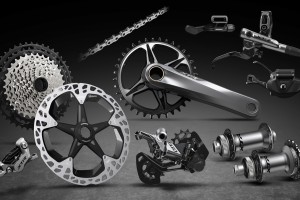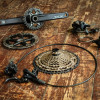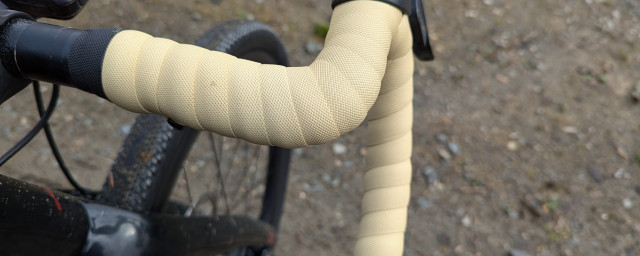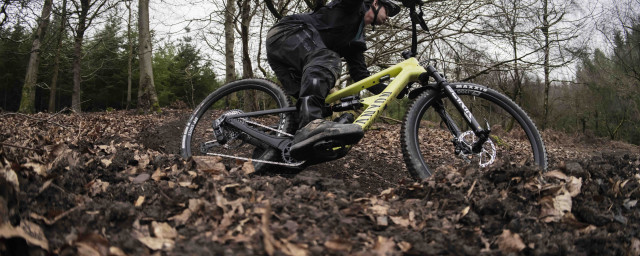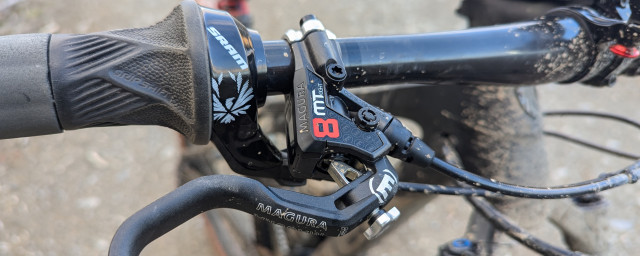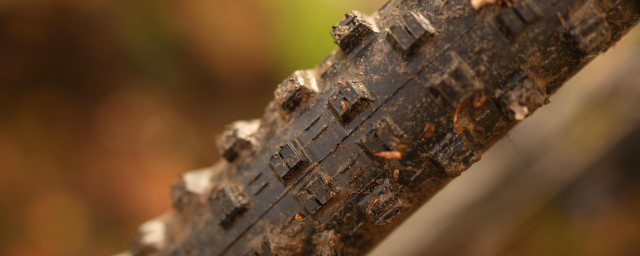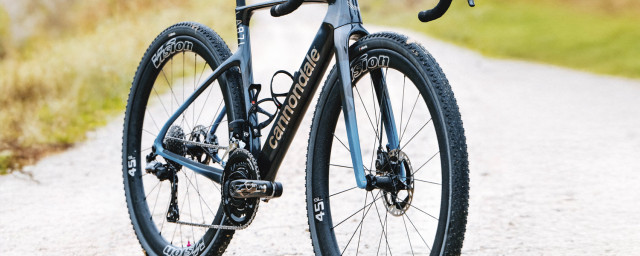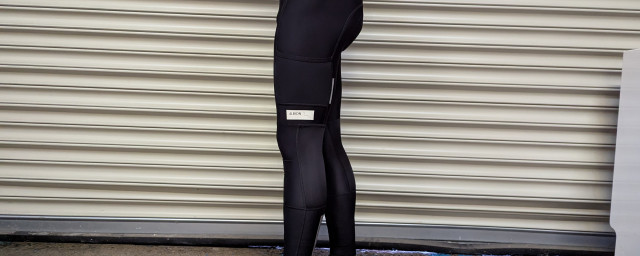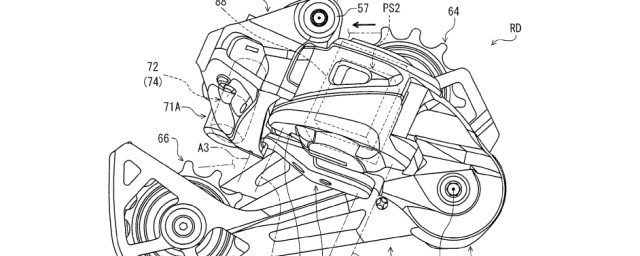First Ride: Shimano XTR M9100 and M9120 groupset - all you need to know
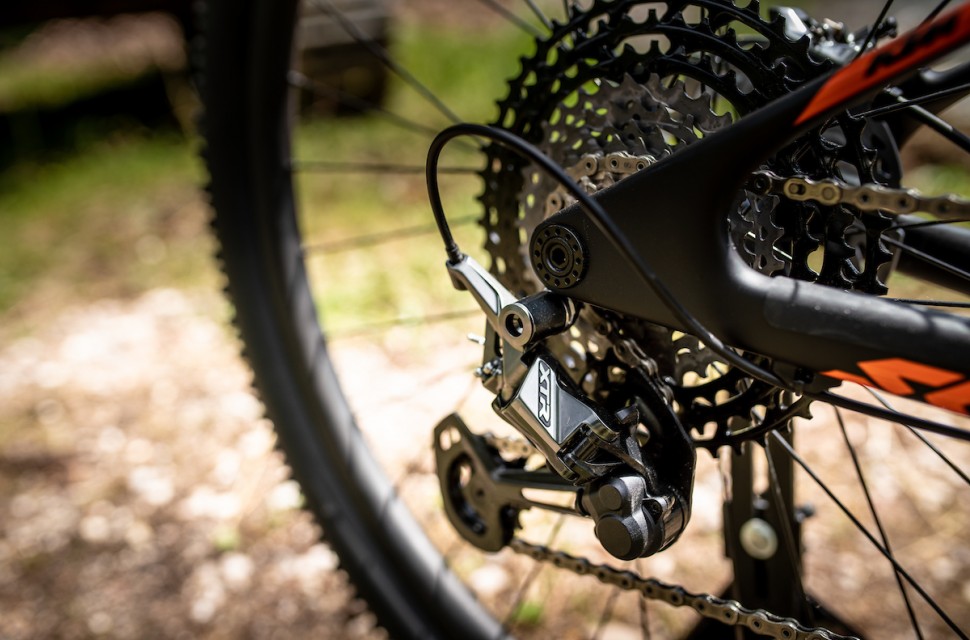
It's been a long time coming but the new Shimano XTR drivetrain has landed. We spent three days getting to grips with the new features and having a ride of the groupset in its various setups last week. We are now ready to give you a detailed first look at the components as well as our first ride impressions.
- Feature - Interview with Henry Bosch, Shimano Europe Product Manager, we ask about bits points and electronic tickery
- First Ride - Motions E18 Anti Dive Linkage
- Who makes Micro Spline wheelsets for Shimano XTR 12-speed?
The new XTR groupset consists of a number of configurations including a 1x12 drivetrain, a 1x11 or a 2x12 along with either XTR Race M9100 two piston brakes or XTR M9120 four piston enduro brakes. Designed for racers wanting a light and efficient set up for enduro or cross country we were keen to see what has changed and why.
Brakes
There are two sets of brakes in the new XTR groupset, a two pot (M9100) and a four pot (M9120) version. The two piston brakes are a lightweight brake designed for cross country racing and trail riding whilst the larger four piston version is for more aggressive trail riding and enduro racing.
The XTR levers have altered in their lever design, the bar clamp has been moved inboard towards the centre of the lever and there has been an additional support positioned between the lever and the bar near the grip to add stability. Shimano says there will be less flex felt with this lever. Both brakes offer aluminium one-piece callipers and ceramic pistons.
The two piston brakes still have a carbon lever blade but the four piston version has an alloy lever blade, both of which have been revised in shape. Other differences between the two are the lack of free stroke adjustment in the two pots and the addition of the tool-free reach adjustment and Servo Wave technology in the four pots. The four pot brakes have the same 15/17mm diameter ceramic pistons as the brands beefy Saint/Zee/XT brakes and has the same diameter master cylinder too.
- XTR M9100 Race (two piston) brakes - £209 per end
- XTR M9120 (four piston) brakes - £219
Cassette
The pièce de résistance of the groupset – the new 12 speed cassette. There are actually three new cassettes though, the 10-51t 12 speed (10-12-14-16-18-21-24-28-33-39-45-51T), a 10-45t 11 speed and a 10-45t 12 speed. Shimano have improved the spacing of the cogs, with the three largest increasing evenly by 6t per cog, a much-improved concept over the old 11-46t cassette. The 10-45t 11 speed cassette is simply the 12 speed one with the largest sprocket removed. The 10-45t 12 speed cassette is slightly different though, offering the following gear steps (10-12-14-16-18-21-24-28-32-36-40-45T).
All three are made from materials; alloy, titanium and steel good for weight balance and durability. Shimano say that the improvements in weight balance come into play when you stop pedalling, there is less movement forward from the cassette and therefore the inertia balance is improved. They say this will be most noticeable on short uphills, when you stop pedalling the chain will not be pushed forwards by the cassette so much.
The shift gates have also been altered on the new cassette to improve shifting performance. A shift gate is a point of each cog of the cassette where the tooth is contoured differently to aid shifting, usually in three or four set spots around each sprocket, which will be lined up to coincide correctly with each other. Shimano says you can shift up and down under force and this is quiet and smooth.
Instead of following in SRAM’s footsteps and creating a one piece cassette, Shimano continue to make cassettes constructed from separate parts. With the above shift gates in mind, this means it is imperative to get the smaller cogs positioned correctly on the freehub. There is a small dot on the sprockets to allow them to be lined up correctly.
- Cassette - £290
Hubs
The hub is completely new with Sylence technology, meaning just that – a quite hub. It is still has a cup and cone construction and is offered in two different versions; a regular version for 12 speed and one with a larger flange for 11 speed, the micro spline is the same. Hubs will be available for J bend and straight pull spokes. There will also be a non-XTR branded hub available which will be cheaper, same construction but with a more cost-effective shell.
There is a new micro spline design to fit on the new lightweight titanium freehub which is smaller in order to allow that tiny 10t cog on. There are also more splines which are deeper in construction to prevent wear. Needless to say that the new 12 speed cassette will only fit on Shimano’s new freehub body. The hub also is offered in two different versions a regular version for 12 speed and one with a larger flange for 11 speed, the micro spline is the same. Whilst the cup and cone aspect of the hub is serviceable the Sylence freehub is not, it’s a fully sealed system, Shimano says this shouldn’t be a worry though and that it does not need regular servicing. Inside the freehub a ratchet system delivers 7.6° engagement with the sprung drive plate retracting when you coast is it noise free.
At the moment the freehub body is only available on XTR hubs but Shimano is working on allowing other hub manufactures to use this design starting with DT Swiss.
- £135 (front) & £250 (rear)
Cranks, Chainring and Chain
There are three cranksets on offer, one double and two single. The difference in the single ring sets ups is the Q factor, one is 162mm (M9100) and the other is 168mm (M9120) or boost as it’s now known so you can choose depending on your preference or frame clearance. All cranksets feature a 52mm chain line with Shimano saying this will work fine with both boost and non-boost hubs
The new XTR crank uses a hollow 24mm chromoly steel spindle as per normal but Shimano has changed to a direct mount system for the chainring which is available in sizes 30 to 38t for the single ring set ups and in a 28/38t for the double. The double crankset uses the M9120 crankset and mounts to the crank arm in the same way as the single ring set up so if later in life you want to change for a 1x drivetrain you can without having to splash out on new cranks.
The cranks themselves are a two piece alloy construction that is bonded together, Shimano says this allows them to use less material and therefore make the cranks lighter. We will update you on the weights of all the gear when we get a production groupset in for test.
The chain rings have a new name and a slightly different tooth profile. The name is Dynamic Shape Engagement Plus, which Shimano say produces better engagement of the chain and helps to stop the chain dropping, the tooth profile has change mean that the XTR chain rings will now work only with the 12 speed chain for this drivetrain.
Speaking of the chain, this is a bit of a work of art and the only one able to work with the new drivetrain whether you are running a 1x12, a 1x11 or a double set up. The chain is directional and needs to be fitted with the logo’s facing outwards, in this position is it lightly curved following the profile of the teeth. Shimano now also offer a single use quick link to join the chain in the same curved profile.
- Crankset - £310
- Chainring - £100
- Chain - £50
Mechs
There are three different rear derailleurs available, two 1 x options; a short cage for the 10-45t cassette and a long cage for the 10-51t cassette, and finally a long cage 2x option for the 2×12 setup. All of the mechs have the same alloy and carbon cages for the 13t jockey wheel’s and use the Shimano’s Shadow Plus one-way friction clutch with adjustable tension levels. There is a neat plastic bumper on the upper part of the jockey wheel cage to silence chain slap in the smallest sprocket. There is also a handy guide for adjusting the B tension on the rear of the cage to help you get set up. Due to different slant angles, you can’t mix and match the 2x rear mech with the 1x examples.
The front mech is available in the usuall guises, direct mount, e-type, m-mount it’s side swing and only compatible with the 20/38t chainrings.
- £190
Shifters
The new cassette levers offer a non slip rubber face and Shimano say, 20% quicker engagement with less force needed to get the lever moving. You can still double up-shift and the two way release shifting is still present if you like to shift up with fore finger rather than a thumb. This one shifter is used for both the 11 and 12 speed drivetrains meaning another easy upgrade for you.
The front mech lever is new, using one paddle for both up and down, you can push or pull the paddle too with its two-way release. You can also adjust the lever into one of three positions to give a preferred stating point for the lever throw, depending on personal preferences.
- Rear shifter - £95
Extra’s
Chain guide – available as direct mount, e-type and ISCG-05 for all the 1x chainrings.
Dropper post lever (£45) - compatible with any current cable actuated post, this it the MT800 lever for the Pro dropper posts. It’s an under bar style lever with a ribbed surface for grip.
I-Spec - The shifters and dropper post lever are all available with either bar mounts or in an I-Spec configuration so they can be mounted directly to the brake lever. The new I-Spec EV give greater adjustment, allowing both side to side and forwards and backwards movement, giving a good range of positional options.
Pedals - The XTR M9120 trail pedals feature an increased and flattened contact patch for the sides of the feet with the flattened area extending to contact the shoe at the rear of the pedal too.
First ride impressions
I was invited out to Slovenia to try out the new XTR groupset and whilst I was there I managed to grab some time on both the two pot brakes, the four pot and a 1 x 12 drivetrain with a 32t chainring. Unfortunately, there wasn’t a 2x drivetrain to test so that will have to wait for another day.
The drivetrain offers superior shifting over previous iterations, the shifting is noticeably smoother and the lever throw is certainly less agricultural than I’m used to fro Shimano. The steps in the gears make much more sense now over the old 11-46t cassette, which up until now has been the only option from Shimano for a larger sprocket. The transitions between gears are well spaced and without the large gap between the upper two sprockets, it makes for a more useable cassette rather than a cassette plus a crawler gear.
As for the claims of being able to change gear under load or power, I’m yet to be convinced. Our riding in Slovenia consisted of mostly fire road climbs so my only option to test this feature was to get in a low gear, stand up and grind up the hill whilst changing gear. The process did work and I did change gear, without any sticking, jumping or breakages. But along with the change came a certain amount of crunching you might expect from the components, the part of me that manages mechanical sympathy still cringed. I would have liked to test changing like this on undulating terrain where the test situation is less forced to get a real feel of how the drivetrain behaves when you grab a gear or two, up or down, at an inopportune moment.
The clutched mech looks great (XTR rear mechs always do, don’t they?) and the fact that I didn’t drop a chain over rough terrain is a testament to the fact that the mech and the tooth profile of the chainring work well together. I was aware whilst riding quickly downhill over rough ground that I could feel the chain slap through my feet, something I will be keen to test further and play with the adjustment to see if I can prevent this.
I had one ride on the two pot (M9100) brakes on a Scott Spark cross country bike in the wet down some quite technical trails where I spent a lot of time brake dragging! The brakes provided a consistent feel and were plentifully powerful enough to deal with shedding my speed in an efficient manner. The delivery was smooth and it was easy to modulate the brakes to offer the right power needed for each situation I got myself into with Schwalbe Racing Ralph tyres in the mud!
I then spent two rides on the four piston M9120 brakes attached to a Scott Genius, there was a mud fest hours blast and a longer all mountain descent on the second day. These brakes are of course more powerful and than the two pot brakes but not so 'grabby' as I find the powerful Shimano Saint's for example . The level of modulation results in a good amount feel and it’s easy to either stay at the end of the stroke to scrub off a little speed or get deeper into the stroke for more stopping power without causing undue arm pump from exerting too much pressure.
Personally, I like the size and shape of the Shimano lever blades and this is still the same on this revised iteration, the lever blade fits nicely in the crux of your forefinger. Elsewhere in the comfort stakes, the new I-spec design means its easier to get the bar set up you want through more adjustability, plus it leaves a neat an uncluttered bar. It will be interesting to see if the new brakes fall foul of the ‘wandering bite point’ scenario where the lever suddenly pulls to the bar, that I have experienced on other sets of Shimano brakes once they get hot. European Product Manager Henry Bosch says this problem has been fixed by modifying some structural dimensions inside with the master cylinder. He said that Shimano has also used different material inside the master cylinder to prevent them changing shape when heated and to better deal with the different volume of oil when the system gets hot. It will be interesting to get a pair to put on my long-term test bike and see how they fare over a few months use.
